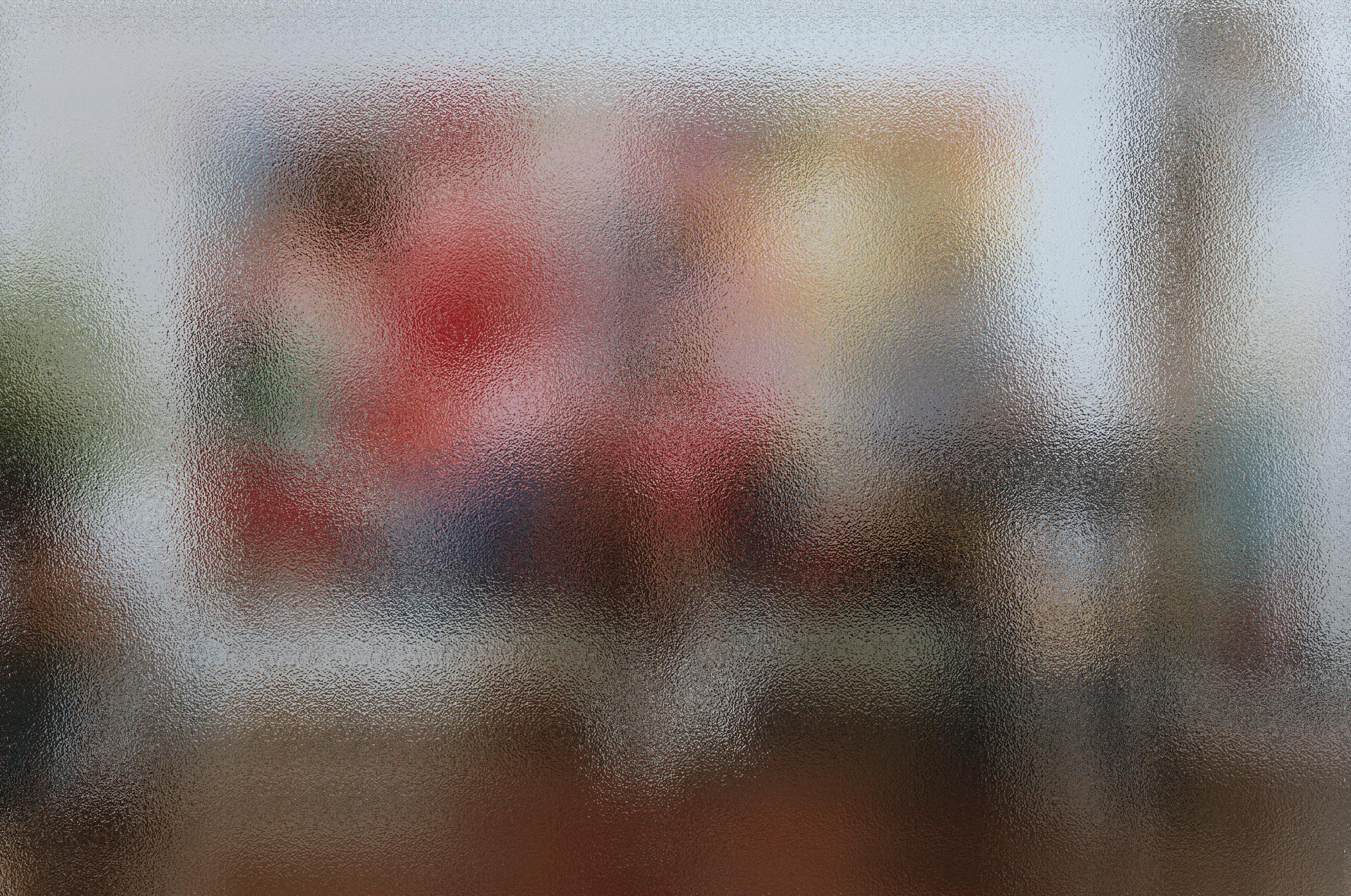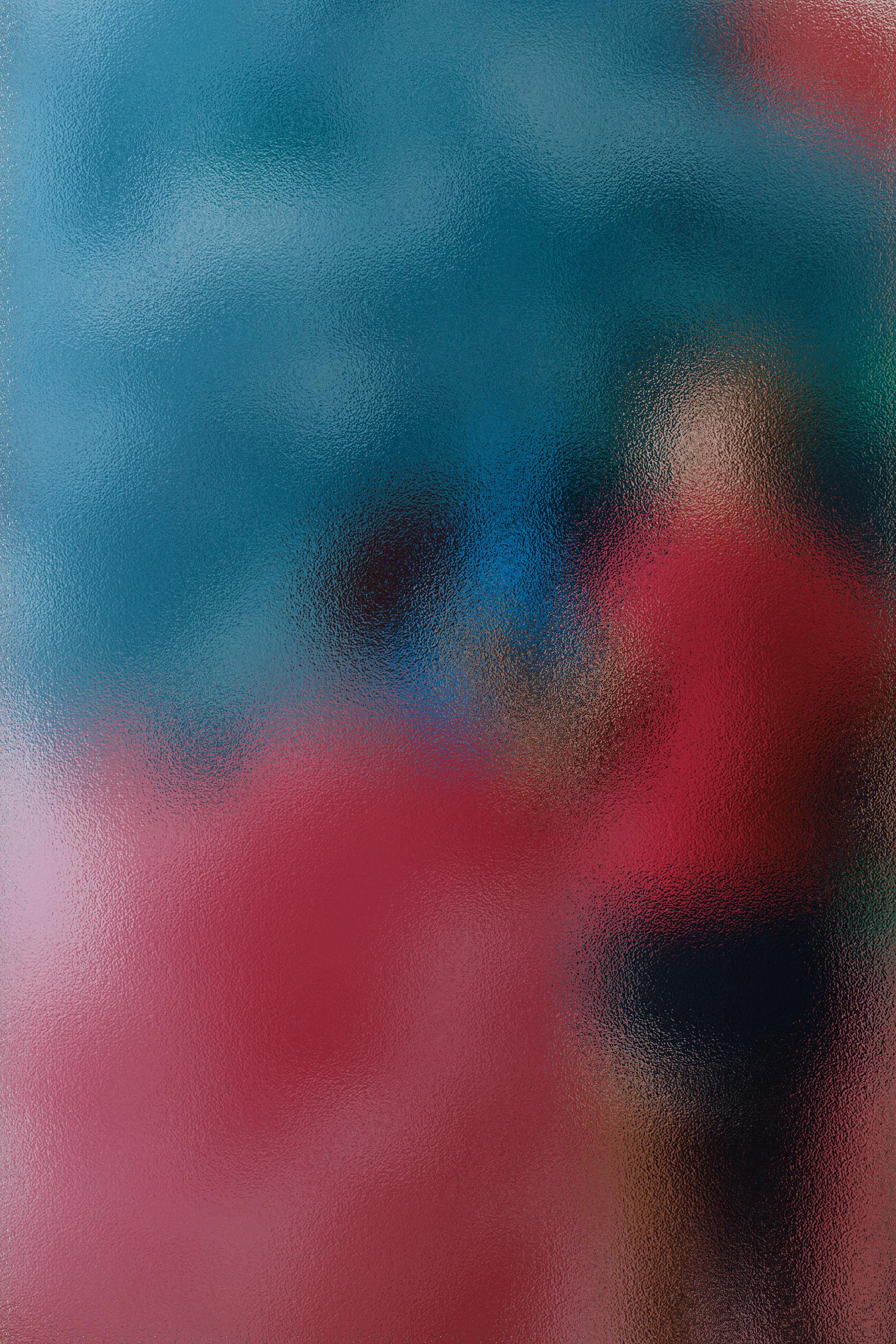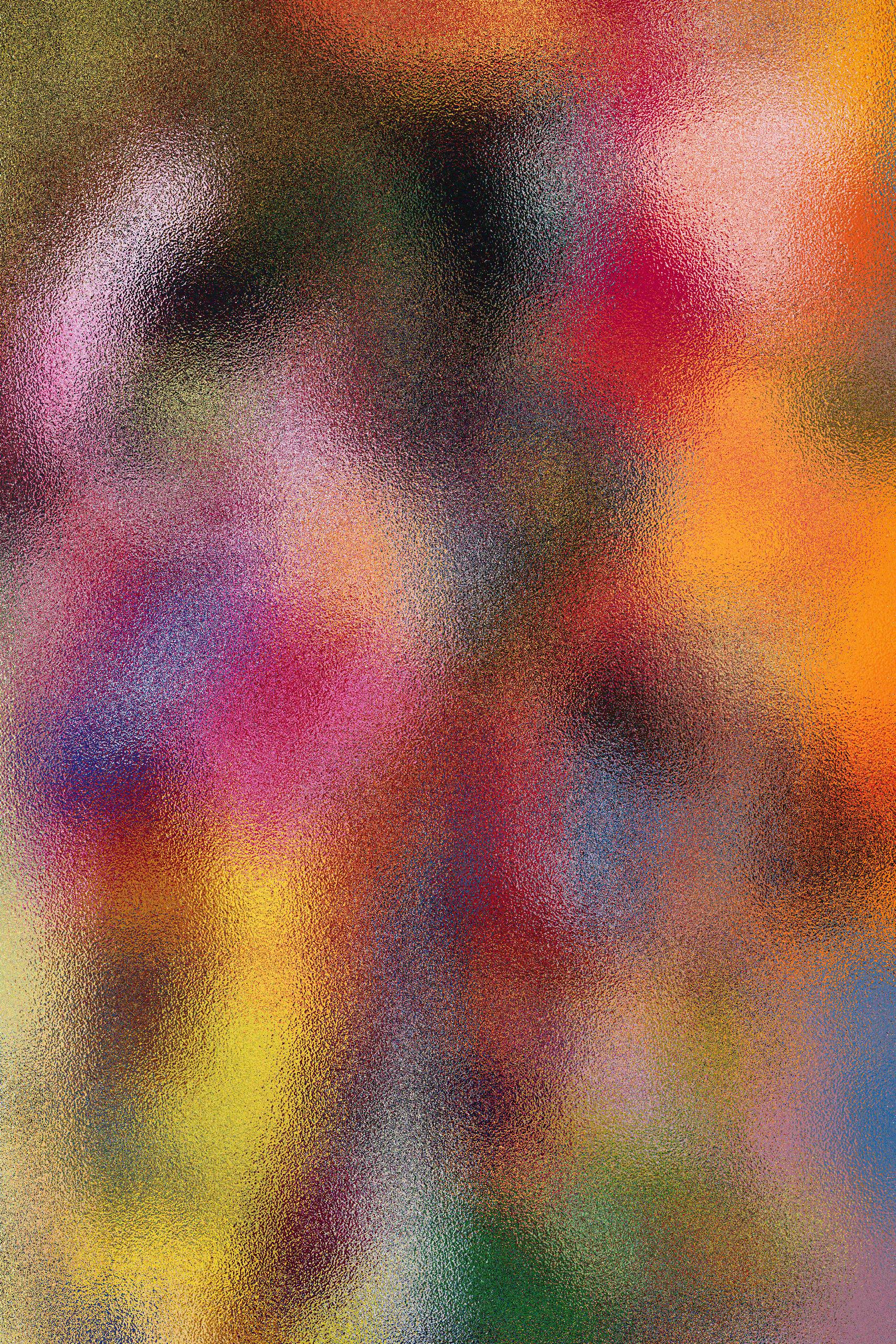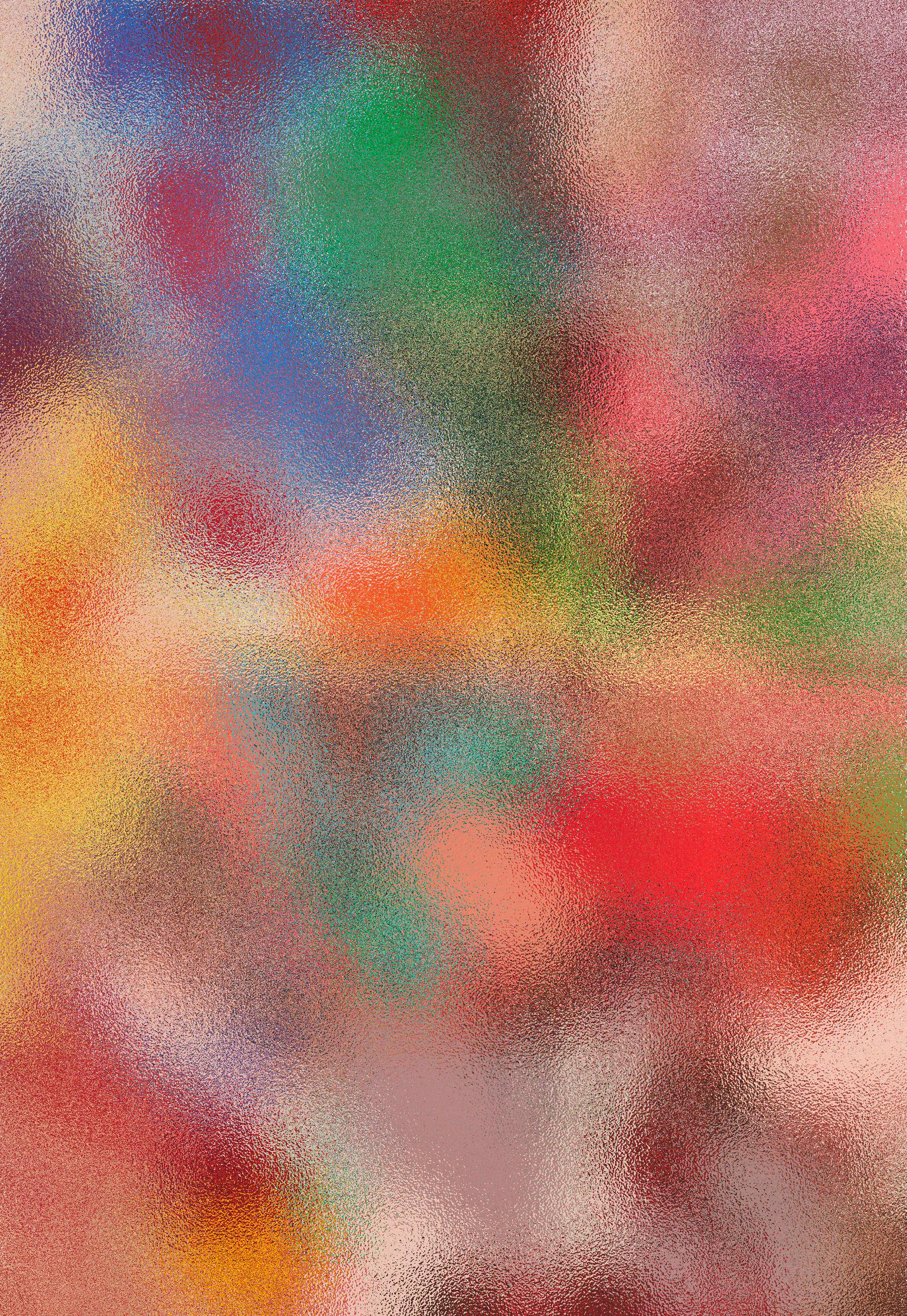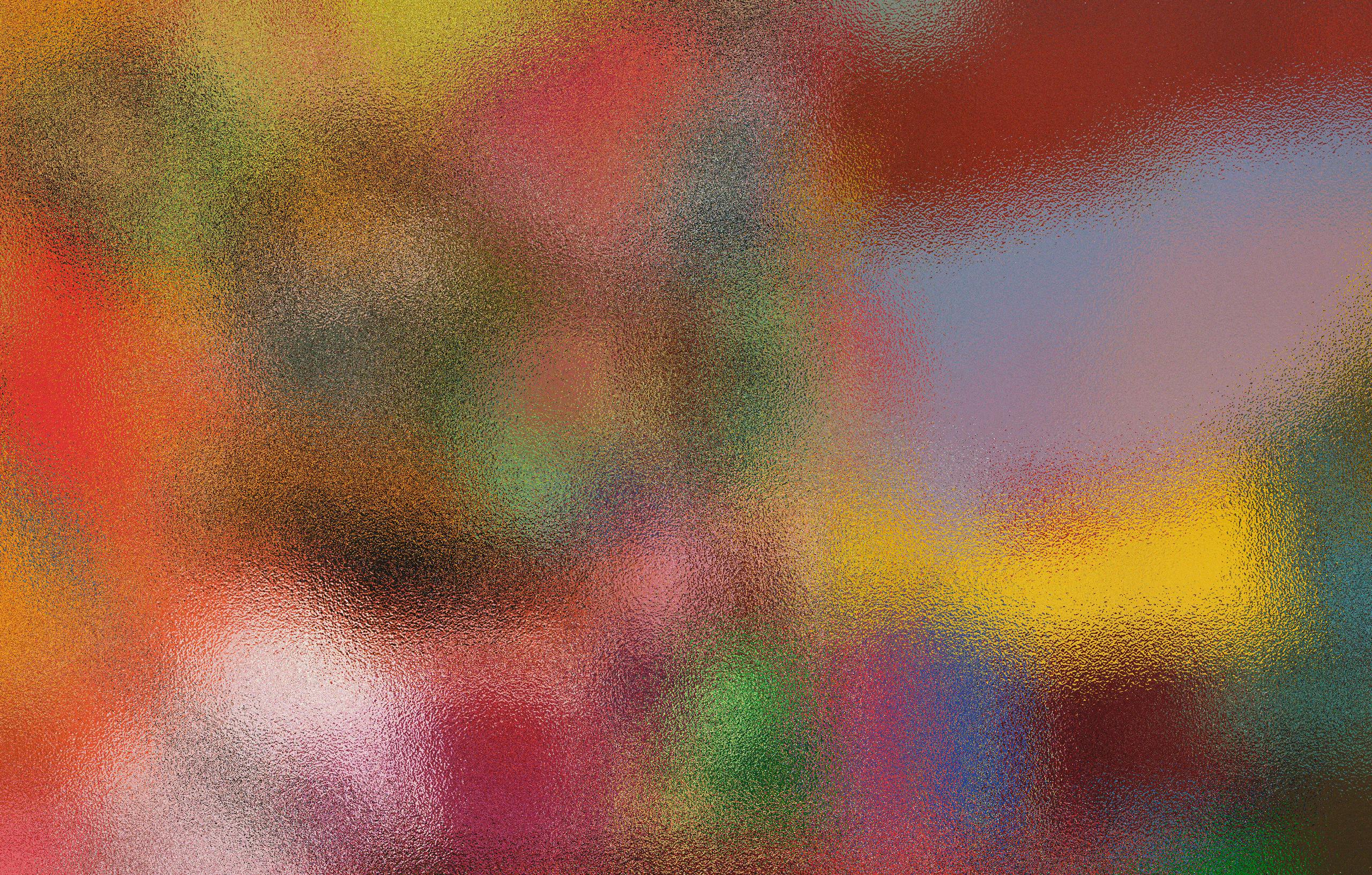Color
and Response
with
Rachel Victoria Jones invites audiences into the abstract worlds she creates through painting, installation, sound and performance art disciplines. Her artistic practice - one of deep personal importance and exploration - offers an entry point into viewing and understanding abstract art through her motifs and mark-making based in color theory and Afro-Diasporic histories. Calling upon call-and-response traditions, Jones embraces a relationship between the painting, the viewer and most importantly herself. As she yields expressive strokes and colors throughout the canvas, she creates a language that is both readable and profound.
Born in London, Rachel received her B.A. from Glasgow School of Art, and her M.A. from the Royal Academy of Art in London. Since 2013, her work has been exhibited and collected by major galleries and institutions throughout the UK, France, and the U.S. Her profile is rising rapidly with record-breaking auction results; she was included in a group exhibition at Washington D.C.’s Hirshhorn Museum and Sculpture Garden following a recent solo exhibition at Chisenhale Gallery. She’s also been commissioned to produce a performance with The Roberts Institute of Art in London, and currently has work on view in Stockholm’s ROCK MY SOUL II group exhibition.
What I find most remarkable is her commitment to developing her own language and herself as a woman, a Black woman, and an artist. Rachel makes and finds space to prioritize herself within the process of her work, while also taking time for rest, by intentionally building a “rich life both inside and outside the studio”. She keenly understands thinking and working outside the formulaic ways the art world prescribes. In her understanding of audience, she crafts “spaces of intent” through her paintings while maintaining persistence in being faithful to her lived reality. Rachel creates for you and me, and also for her present and younger self. Initially inspired by her childhood interest in drawing and comics - which she calls her first interaction with abstraction - Jones is paving a new road, and a new language, in contemporary art.
So the first thing I wanted to get into is your work's cultural context and background.
Well, I'm interested and invested in finding a space for myself as an artist within a context that doesn't really reflect much of my own personal history. I think there have been changes in the past decade regarding the amount of visibility that Black artists have and people of color generally, which is fantastic. But growing up, that wasn't something that I saw. And as someone who makes things, it's really important that I speak to my personal reality, the histories I come from, and the communities I belong to. So that's the starting point for everything that I make. Therefore, I'm always considering what it is to make from the positionality of being a Black woman in Britain and how my experiences reflect things that many people might experience.
But also, they're very specific to me. The work is designed in some way, visually, to be as open as possible so that there can be specificity but also breadth and diversity in terms of the types of responses that could/might be prompted. I think that all of that is the beginning point for starting a type of conversation, primarily between me and the painting. There's a very personal, intimate relationship between me and my work, and then, the second relationship is between the work and the viewer. The third relationship is between me, the work and the viewer, and it's about the journey I can go on in developing all those things.
I love that. And what drew you to abstraction?
There is something really personal about the way I respond to color. I was always most excited about color used in formats where it was abstracted from a sense of figuration or reality, and that [also] applies to things outside of painting. So I would say my first example of abstraction was looking at comics and cartoons and thinking about compositional choices, about how bodies might extend or be distorted or how colors are used to emphasize certain emotional tropes or values that are at odds with the scenario or events happening within those contexts. This idea of there always being a blue sky, a really bright yellow sun and an anvil falling on a creature and flattening them. You're watching Wile E. Coyote in these contexts where the environment these things are happening in is wonderful and really bright and cheery. Then it's coupled with the violence, absurdity, and strangeness of seeing bodies repeatedly put through amorphous changes for them to return to themselves, just for another exaggerated thing to happen seconds after. There was this constant idea of how shape, sound and color can be used to abstract something, which I understand in a literal sense, but my imagination can also extend.
Growing up, I would look at artists from the New York school of painting, like de Kooning and Robert Motherwell. I was interested in how there was a sense of feeling attached to mark-making. It was personal, but also attached to history and quite grand ideologies. I realized that you can communicate with people in ways that aren't predicated on describing something exactly as you see it. [For example] when you think about what it is to live in a body, how do you describe what that is? It changes all the time, right? Because living as a human is a contradictory experience. It's multifaceted, it's wonderful, it's terrible. It's all these different things happening at the same time, with varying scales of severity or bliss. I was able to explore those sorts of things in a way that most befitted how I saw other painters using color. There’s this idea of taking the literal into a territory where it can be transformed into something more open-ended, or more centered on psychological feeling, or emotional feeling, or experience. I would say that's what led me to start making paintings quite seriously in the past, maybe three years, in the way I do.
You've only been in this style for three years?
Yeah. It's kinda crazy. When I say three years, the paintings I was making at the beginning of those three years are drastically different from what I'm making now. So it's been a very fast development in terms of the style, but also, there have been leaps in how I've used color or pattern and line and scale. There's been huge shifts quite quickly within that time frame and it’s a very new thing for me to be making work this way. Which is why it's so exciting, and also really fulfilling, because I feel like I've settled into a language that I understand in enough of a way that I can make the work that I'm making, but I'm still learning a lot, and it's still very mysterious to me.
How do you define the language of your work?
I would say that it's predominantly an emotional and psychological language. It's a language that is felt. I think, similarly to other art forms like music or film, there's this idea of being moved by things that register at a bodily level. And that's what I'm interested in doing with my painting. Although I use visual languages to do that, I hope the consequence is a very physical and emotional reaction when you engage with the work, [partly] because of the varying scales. Some [pieces] are very small, and the way you interact with them requires you to go up very close to them and to [view] them in a frame where you are encountering them at a height that tends to [be very close] to where your face is. So it's like looking through a window or into a window. Other works are so large that your body has to move within a certain space to encounter the whole thing, and to see different points, or to notice details, or to pick out certain shapes or descriptors of teeth or lips. It's not easy to take it in without you participating in moving in relation to the painting. All of those sorts of subtleties have an impact on how you read or transcribe an image, and that transcription lands on the body, or lands within the body. That's what I am interested in and try to encourage in how I make the work.
There are all these amazing things you can do when you place certain colors in proximity to each other. The veracity of color is the thing that I'm most excited by - how it can be used to strike someone, calm them, invite them, or repel them. And when there's no escape within the picture, there's no relief, or if there is relief, it's only momentary. I want to have this sort of handle on really pushing people to the brink of feeling something and that feeling being something that they can't escape. They have to encounter and acknowledge it.
Wow. I feel like you talked about this a little bit, but what draws you to the specific symbols and materials that you use in your work? How did you come to the decision of using oil sticks specifically?
Thinking back to my childhood, I would spend a lot of time drawing and copying from cartoons and storybooks, so there's always been this love of coloring. With oil pastels and oil sticks there’s this really nice relationship between drawing and painting because the materiality is pretty much the exact mirror to paint; but in how it's condensed into a solid form, it is linked [more] to practices of drawing and coloring. I suppose the work is like neither, or it's both. The opportunity for me to really connect to my material in a way that the energy that I have when I'm making this work really comes through in the way that the mark-making is made - because I'm drawing, and I don't have a brush as an intermediate bridge between the material and the surface. Those things really make a difference. And it's really nice to have a way of making that requires very little interruption. It's a very intuitive process. I just get to paint, and that's really freeing and liberating.
When it comes to the symbols that I use, it was really a way of creating a foundation for people to use as an entrance point to some of the topics I'm interested in placing within the work. The mouth or teeth offered so many different opportunities for people to interpret the work, which was tied to things that are cultural, historical, and very focused on physical sensation and psychological aspects of what it might mean to have a mouth as a depiction of an interior or an exterior.
There is an opportunity to think about different planes of reality and perspective and how you situate yourself in relation to an image. Are you looking at it, or are you looking into it, or do you feel like you're within the image? And all of those things [also] apply to your mouth as a point of entry and as a point where things come out and through. So there are all these starting points for people to go down [their own] paths of exploration. And then, there are very specific ideas around cultural history surrounding teeth and mouths. As someone who is Black, I felt it would be a really nice opportunity to highlight some of those things in a way that isn't put forward as being the most important thing that you understand about the work. But it's a context that is very important in being able to gain more from the experience of looking. Depending on who you are, you might see certain things and miss others. There's that thing of, if you know, you know, like speaking in code to people, and it's not for everyone. You can have safe spaces, or spaces of intent, within the work that can be accessed based on how willing someone is to do the necessary work or how close in proximity they are to a certain lived reality.
I've often seen your work described as visceral. Do you see your work as a visceral expression?
It's really important to me that the work has a sense of life and that there's an energy that operates on a level of resonating out of, or off of the surface, out into the space, or out into the world. I don't want to make things that are passive. In terms of the work having a sense of viscerality, I think that that is a consequence of the energy and the intention and the emotion and the care and the thoughtfulness and criticality that I put into the process of making. It's a relationship between me and the painting, where there's this reciprocal listening, looking, and then action. Within that, there’s this generation of life. The process itself becomes something which is alive and enacted, and that's where this sense of the paintings being visceral becomes important. Because they're made in a way that is, I suppose, committed, but also generous - I give a lot of myself when I'm making the paintings. They're very physically and mentally draining to make and that helps the work because there's a sincerity to how I make them. It creates a sense of them being real. I sort of see them as people in a way. They’re reflections of myself that have their own existence once I've finished them, and [they] live as beings in some way.
Wow
<laughter>
I feel it. I love it. And when you said “call and response,” I wanted to know where your people are from?
Oh, my mom is Jamaican and my dad's Bajan.
Yes, because something you see when you study Afro-diasporic cultures - the call and response is a big part of our culture. And I love you bringing that – even just the phrase – into the idea of abstract work.
It's nice to think about the practice in a way where it's evolutionary. Like, it's not stagnant. It's not that "I am the thinker who wields control over the material and produces this glorious artifact.” It's, “I am Rachel with feelings and thoughts, and I have a surface to display feelings and thoughts, and a surface to mirror those things to me, for me to reflect upon and then respond.” All of those things get brought to the forefront of the process of making whilst I'm in the midst of it, because I draw from so many things. I draw so much personally from the glory that it is in being a Black person, but also the reality of the horror attached to what we have to do to survive day to day. Not in a grand way, but just in day-to-day living - what is required of us to live creatively, to live fully, to live well? I feel like all of that is stuff that I am conscious of when I'm making paintings, or after I've made a painting.
Exactly. The glory and the horrors. So who would you say you make your work for?
Oh, myself, primarily - first and foremost. It's a space for me to really think, and process, and create a dialogue that helps me grow, develop and learn. After that, I am then interested in sharing that experience with others. I find that by centering myself, I'm able to be honest about what I care about in my painting and in life. Through that, I'm able to place the work in the world in a way where I feel like I've got something to share, which is a true reflection of myself and my experience of the world. And I'm most drawn to the things where I feel like people are being sincere. That's how I operate as an artist, and by prioritizing myself, I can then prioritize others.
I read on your gallery's website that you "want to translate all that lust for self-expression into a language that exists outside of words, and instead relates to seeing and feeling with your eyes." What did you mean when you said “lust for self-expression?” Your own lust, or the lust of others?
I think that this desire to be able to self-actualize is what I'm really interested in, and to have the privilege of time and space to do that is one of the greatest aspects of my life. I want to use whatever opportunity I have to share the things most important to me and the things that most deeply affect me; that’s what my work really attempts to do. I think that the need to think, act, and to do so with intention has led me to the point of not only painting, but also working in other contexts. Teaching is something now that's become part of that. The way I get to express myself in a space with others who make work - whether children, young people or adults - is where I've learned that self-expression can also operate in spaces where it's reciprocal. It can be created within the mix of a community, or you can build a community around how you would like to express yourself. Those sorts of things have developed for me in the past two years. They’ve really helped me understand that there are different formats and ways for me to develop this interest in/ commitment to, trying to really live a life of feeling that I actualize. That's in my relationships with the students I have, it's in my relationship to my painting [and] it's in the relationships I have in my personal life. It's about manifesting the inner reality I have in an exterior context, understanding what the relationship is between what is inside and what is outside, and creating a bridge while also using the bridge to grow. Using that task of expressing or thinking or feeling in a capacity that is joyful and generative.
Written & Interviewed by
Tiffany A. Ward
Edited by
Shantel Aurora
of Saint Heron
Web Design
Querida
Art Direction
Solange Knowles & Sabla Stays
of Saint Heron
Photography by
Jessica Modavo
Supplementary Imagery Courtesy of
Rachel V. Jones
Web development by
Ondine Vt of Studio 24/24
